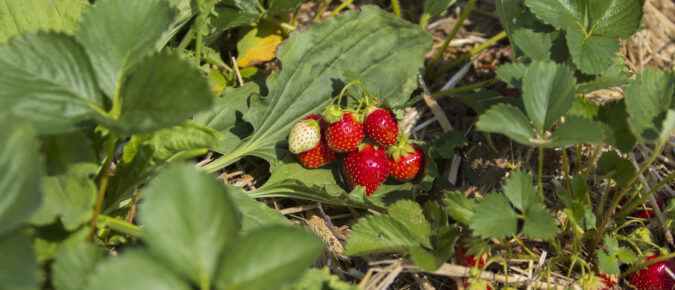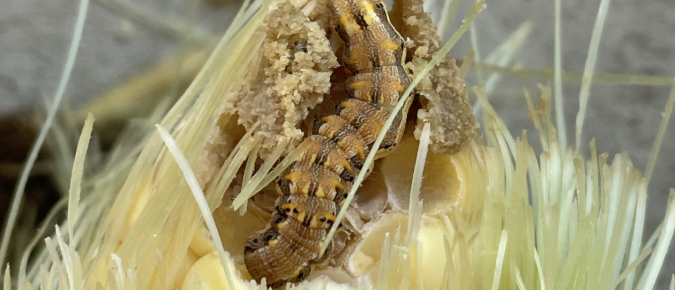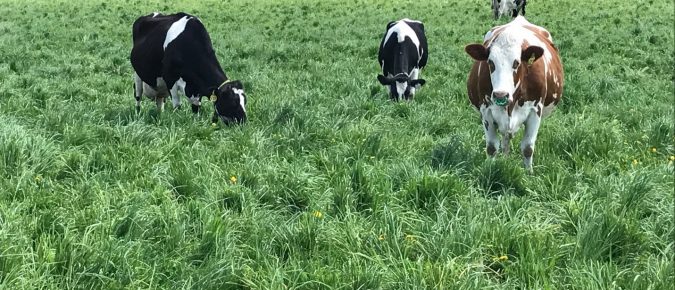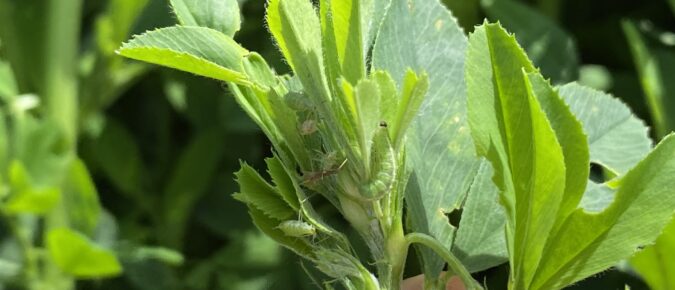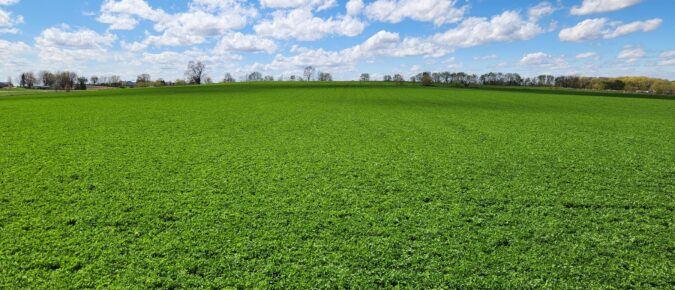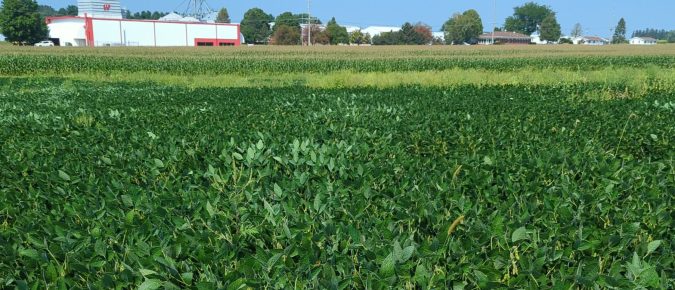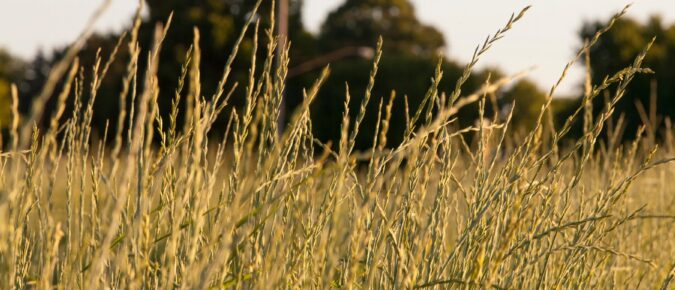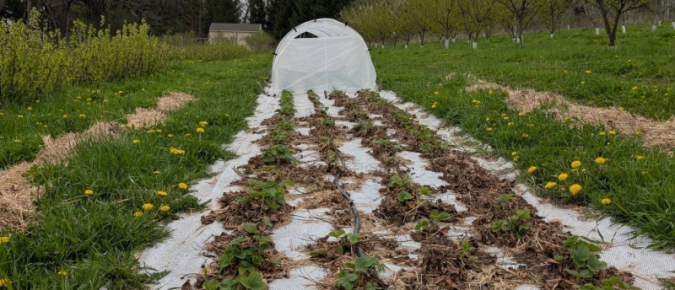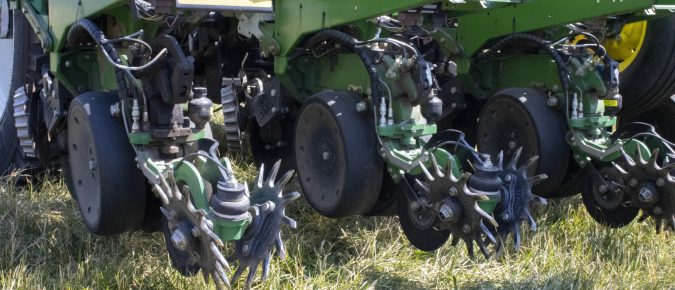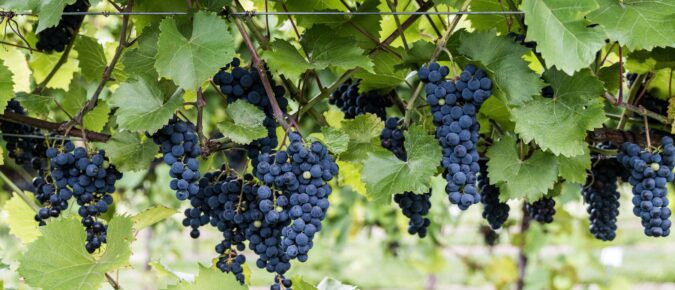Articles
Diagnosing the Nutritional Status of Fruit Crops
Routine evaluation of fruit crop nutrient status and soil composition are essential to developing sustainable nutrient management practices. This article reviews soil and tissue sampling methodology.
▶ Introduction to Crop Scouting
Liz Gartman, UW–Madison Extension regional crops educator, provides an introduction to crop scouting, covering everything from pre-field preparation to in-field tools, resources, and best practices.
▶ Spring Grazing Checklist
Jason Cavadini, UW–Madison Extension grazing outreach specialist, provides a comprehensive checklist for spring grazing, aimed at optimizing forage production and extending the grazing season.
▶ Forage Insect Pest Update
Dr. Emily Bick, assistant professor and extension specialist for field and forage pests in the UW–Madison Department of Entomology, provides an update on forage insect pests, focusing on alfalfa weevils, potato leaf hoppers, and slugs.
▶ Determining the Value of Standing Forage
Kevin Jarek outlines the key factors needed for accurate valuation, including expected dry matter yield, estimated value per ton of dry matter, and harvest costs.
▶ May 8 Wisconsin Ag Weather Update
Join Josh Bendorf from the Wisconsin State Climatology Office as he provides an update on Wisconsin’s weather and considerations for ag professionals.
Fungicide Use on Small Grains in Wisconsin
Integrated with cultural control practices such as variety selection for disease resistance and crop rotation, fungicides can be an important tool of integrated disease management for small grain systems.
Notes from the Field: A Growers Perspective – Ben Kraus Chat #2
Welcome back to another season of Notes from the Field! This year’s Notes from the Field will follow Ben Kraus with Gwenyn Hill Farm (Waukesha). As we kick off bloom in Wisconsin, hear from Ben on how he’s tackling early season management decisions.
Soil Fertility Overview for Small Grain Production in Wisconsin: A one-stop shop
Nutrients are vital for crop development and yield outcomes, but they are also an input cost that should be optimized for profit; not yield alone. This document serves as a centralized resource containing soil fertility information for small grain crops.
Notes from the Field: A Growers Perspective – Ben Kraus Chat #1
Welcome back to another season of Notes from the Field! This year’s Notes from the Field will follow Ben Kraus with Gwenyn Hill Farm (Waukesha). The goal of this newsletter is to hear from the grower’s perspective and foster connection between fruit growers.

